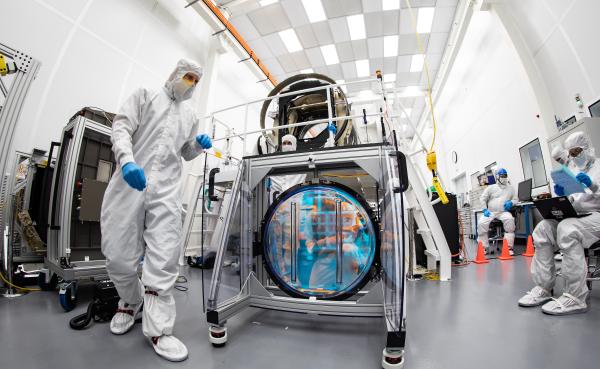Humanity’s quest to understand the cosmos has led to the development of increasingly powerful telescopes. These incredible instruments enable us to peer into the depths of space, unveiling celestial wonders and unlocking the secrets of the universe. Here are the top 5 most powerful telescopes currently in operation:
1. Hubble Space Telescope (HST)
Operating since 1990, the Hubble Space Telescope has revolutionized our understanding of the cosmos. Orbiting Earth at an altitude of approximately 547 kilometers (340 miles), Hubble’s position above the distorting effects of the atmosphere allows for crystal-clear images of distant galaxies, nebulae, and other cosmic phenomena. Equipped with advanced cameras and spectrographs, Hubble continues to provide invaluable insights into the universe’s age, expansion, and evolution.
2. Very Large Telescope (VLT)
Located atop Cerro Paranal in the Atacama Desert of Chile, the Very Large Telescope is an array of four optical telescopes operated by the European Southern Observatory (ESO). With mirror diameters of 8.2 meters (27 feet), each telescope boasts remarkable light-gathering capabilities. The VLT’s adaptive optics system compensates for atmospheric turbulence, enabling high-resolution observations of planets, stars, and galaxies. Its instruments, such as the Multi-Unit Spectroscopic Explorer (MUSE), allow astronomers to study the dynamics and composition of distant celestial objects in unprecedented detail.
3. Atacama Large Millimeter/submillimeter Array (ALMA)
Situated in the Atacama Desert of northern Chile, ALMA is a groundbreaking radio telescope array composed of 66 high-precision antennas. Operating at millimeter and submillimeter wavelengths, ALMA observes cold interstellar gas and dust, unveiling the birthplaces of stars and planets. By combining signals from multiple antennas, ALMA achieves unparalleled sensitivity and resolution, enabling astronomers to probe the molecular clouds where new stars and planetary systems form.
4. James Webb Space Telescope (JWST)
Scheduled for launch in late 2021, the James Webb Space Telescope promises to be a game-changer in the field of astrophysics. Positioned at the second Lagrange point (L2), approximately 1.5 million kilometers (0.93 million miles) from Earth, JWST will observe the universe in the infrared spectrum. Its suite of instruments, including a near-infrared camera and spectrograph, will peer through cosmic dust clouds to study the earliest galaxies, stars, and planetary systems. With its unprecedented sensitivity, JWST will shed light on the origins of the universe and the formation of galaxies.
5. Large Synoptic Survey Telescope (LSST)
SLAC’s Large Synoptic Survey Telescope (LSST), currently under construction atop Cerro Pachón in Chile, is poised to revolutionize astronomy through its comprehensive survey of the southern sky. With an 8.4-meter (27.6-foot) primary mirror and a 3.2-gigapixel camera, LSST will capture panoramic images of the universe with unrivaled depth and resolution. Over a ten-year period, LSST will conduct a wide-ranging survey, mapping billions of galaxies, stars, and other celestial objects. Its observations will address fundamental questions about dark matter, dark energy, and the structure of the universe.
In conclusion, these top 5 telescopes represent the pinnacle of modern astronomical technology, offering unparalleled views of the cosmos and reshaping our understanding of the universe’s vastness and complexity. As astronomers continue to push the boundaries of exploration, these powerful instruments will undoubtedly lead to new discoveries and profound insights into the mysteries of existence.
Photo by Pixabay









